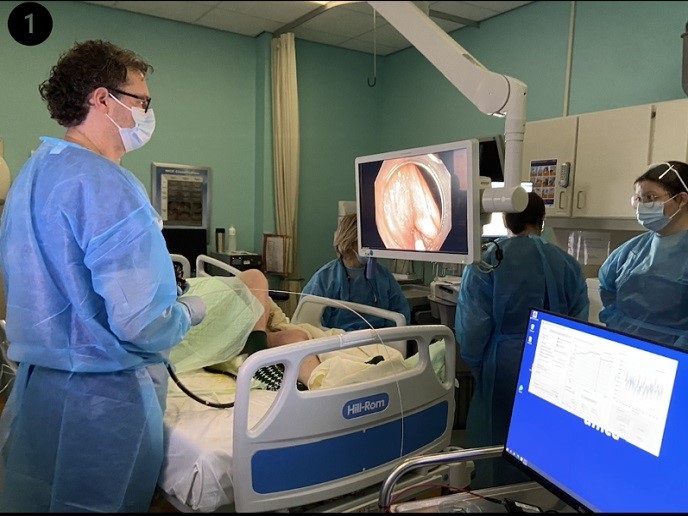Elucidating viscoelastic flow dynamics
Scientists of the EU-funded MICROPULSATILE (Pulsatile viscous and viscoelastic microfluidics) initiative studied pulsatile interfaces to determine the effects of periodic forcing on viscoelastic flow using theory, modelling and experiments. Researchers made significant inroads into understanding blood flow dynamics. They developed realistic models that closely represent mammalian vascular networks such as the common carotid artery, upper thoracic aorta and aortic bifurcation. This helped them determine the role of each parameter in the cardiovascular system. The local network structure in vasculature plays an important role in supplying blood to tissues and anastomosis, the connection between two structures is particularly important. Researchers can now determine the effect of obstructions at anatomical sites near tree-like vasculature around tissues. The MICROPULSATILE team successfully identified anatomical sites in vascular networks that are critical for adequate blood supply to body tissues in the event of occlusions. Interestingly, even small obstructions at these sites could be catastrophic for blood supply by comparison with larger occlusions at other sites. Intrinsic redundancy is a crucial aspect in healthy blood vasculature. Especially in the brain and heart, scientists found that such redundancy ensured adequate blood flow even when there were occlusions present. Taking a page from Nature's book, researchers intend to introduce such redundancies in the microfluidic networks of devices. This would prevent failure in microfluidic devices that result from blockage of particles or bubbles. Project members are currently conducting experiments that explore the dynamics of fluid-fluid interfaces in micro devices during periodic forcing. Besides cancer therapy and experimental physics, research outcomes have applications in the design of lab-on-a-chip devices.







